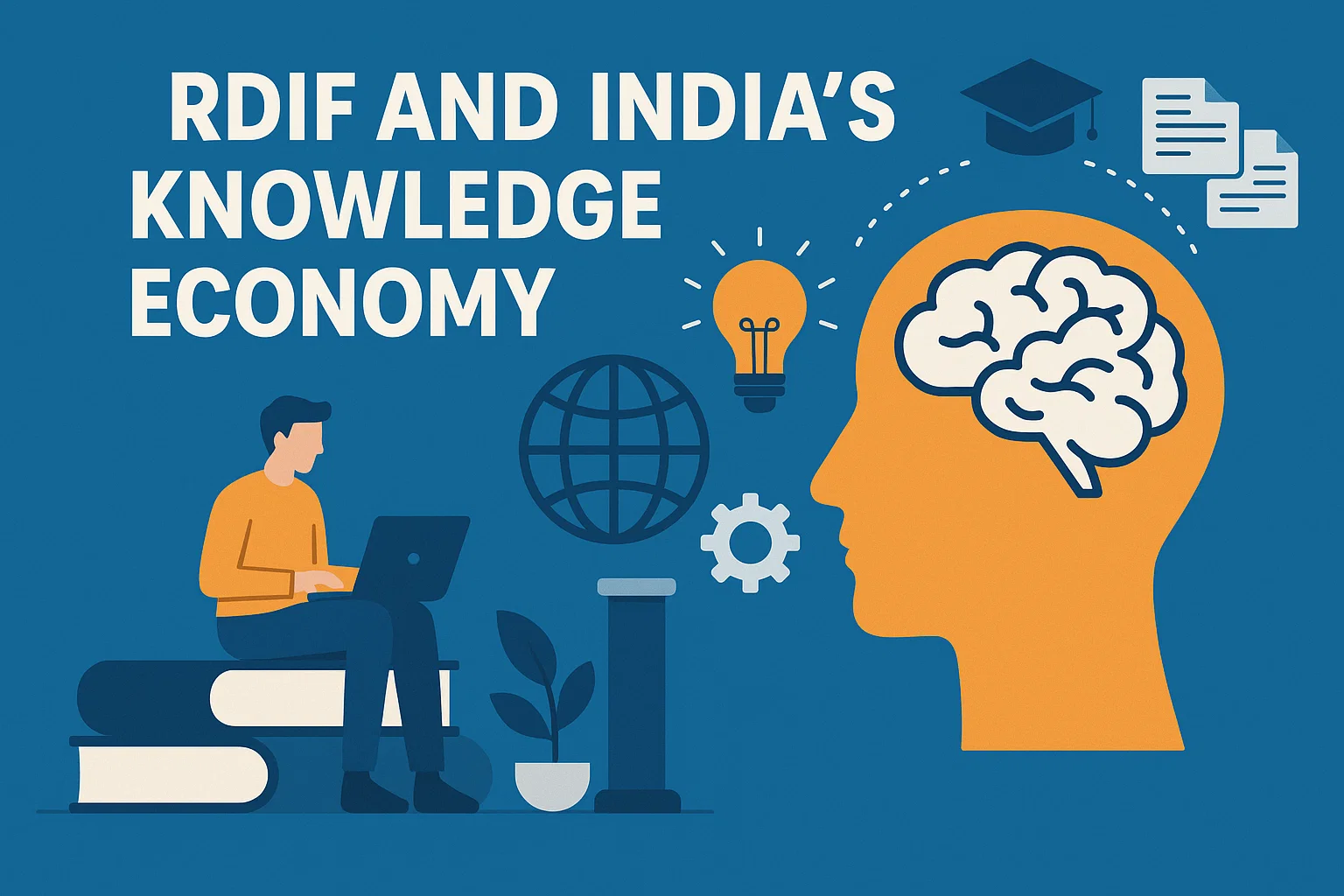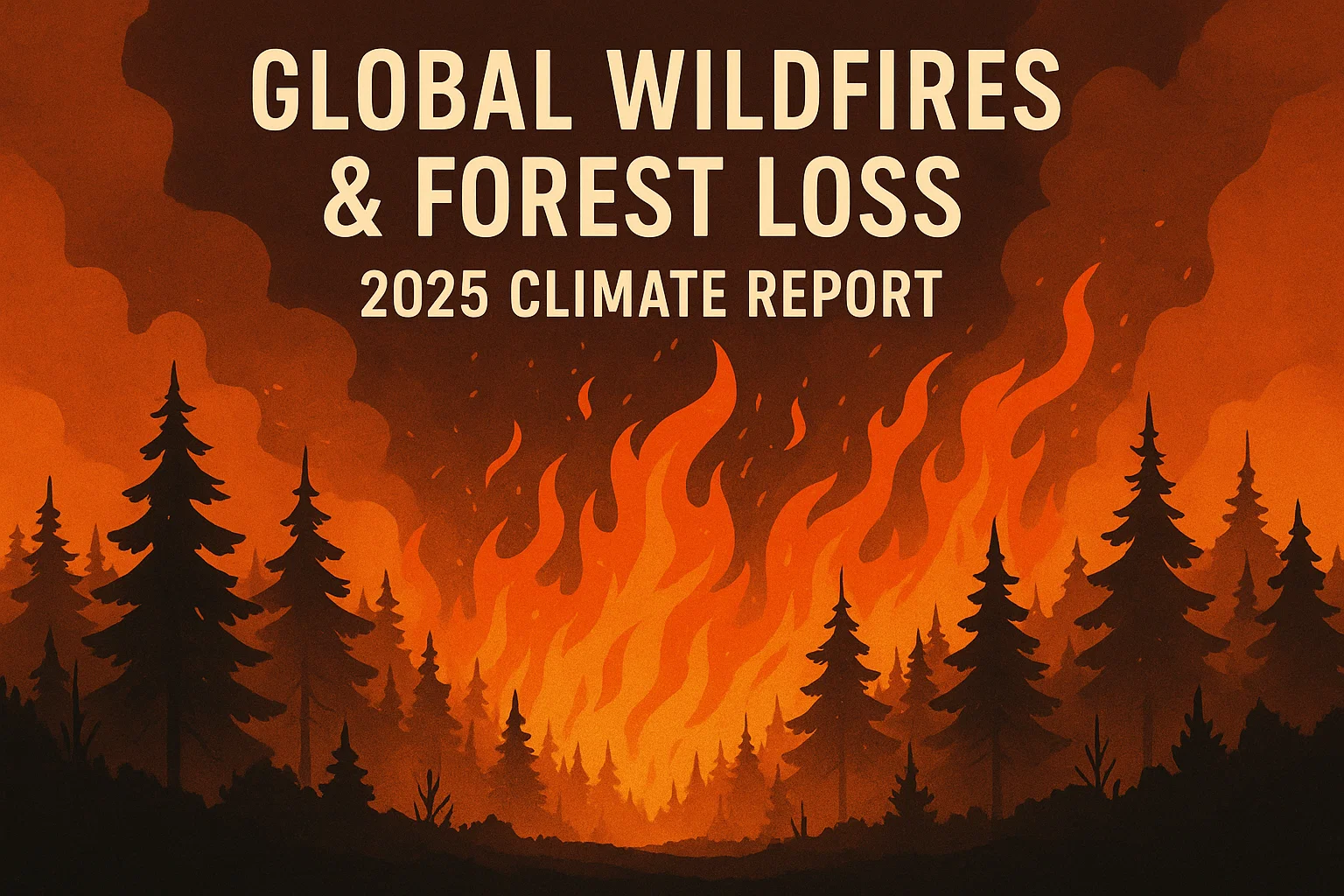Font size:
Print
Preventing Crowd Disasters
Context:
This week, India witnessed a devastating crowd crush at the Maha Kumbh, resulting in the tragic deaths of 30 people.
More on News
- Events like this have unfortunately become all too common—whether at religious pilgrimages, sporting events, or music concerts.
- What makes these tragedies even more heartbreaking is that they are almost entirely preventable.
- Despite this knowledge, these incidents continue to occur with alarming regularity in highly developed societies.
Crowd Density: The Key Factor
- Crowd crushes happen when the density of a crowd becomes dangerously high.
- Research has shown that when crowd density reaches five people per square meter, the risk of injury increases, and at seven or more people per square meter, the likelihood of death or serious injury becomes significant.
- The physical space surrounding a crowd plays a key role in influencing density.
- If crowds are forced into spaces that are too small, density can increase rapidly, leading to potentially deadly consequences.
- Preliminary reports from the Maha Kumbh suggest that a large crowd behind a barrier became compressed into a dangerously high density, leading to the tragic loss of life.
- Unfortunately, this is not an isolated incident. Similar tragedies have unfolded across the globe: in November 2021, 10 people died at a live music concert in Houston, Texas; in October 2022, a crowd crush at a Halloween festival in Itaewon, South Korea claimed 159 lives; in April 2023, nearly 90 people were killed in a crowd disaster in Sanaa, Yemen; and in December 2024, 35 people lost their lives at a religious festival in Nigeria.
Why Do These Tragedies Keep Happening?
- Many media reports and commentaries often blame the crowds themselves, suggesting that they are “out of control.”
- This quick judgment often leads to victim-blaming, relying on stereotypes and assumptions instead of scientific understanding.
- The reality, however, is that preventing crowd crushes requires managing crowd density, a task that rests solely with event organisers, local governments, and promoters.
- To mitigate this risk, planners and governments must take proactive steps.
- Opening more entry and exit points, staggering arrival times, ensuring passageways are clear of obstacles, and segmenting crowds into manageable groups can all prevent a dangerous surge in density.
- For example, during New Year’s Eve celebrations in Times Square, New York City, the crowd is divided into groups of approximately 100 people, preventing dangerous clustering. This approach is simple, cost-effective, and proven to work.
Economic Barrier
- Unfortunately, in many countries, event planners, promoters, and local governments are not required by law to take these preventive steps.
- Worse still, event organisers often have a financial incentive to ignore such measures.
- Packing as many people as possible into an event boosts revenue from tickets, food, and merchandise sales.
- This economic drive often outweighs the safety concerns, leaving individuals vulnerable to harm.
The recent tragedy at the Maha Kumbh should serve as a wake-up call for governments worldwide. It is time to reconsider the hands-off approach to crowd safety and enact sensible laws and regulations that require event organisers to take the necessary precautions.


